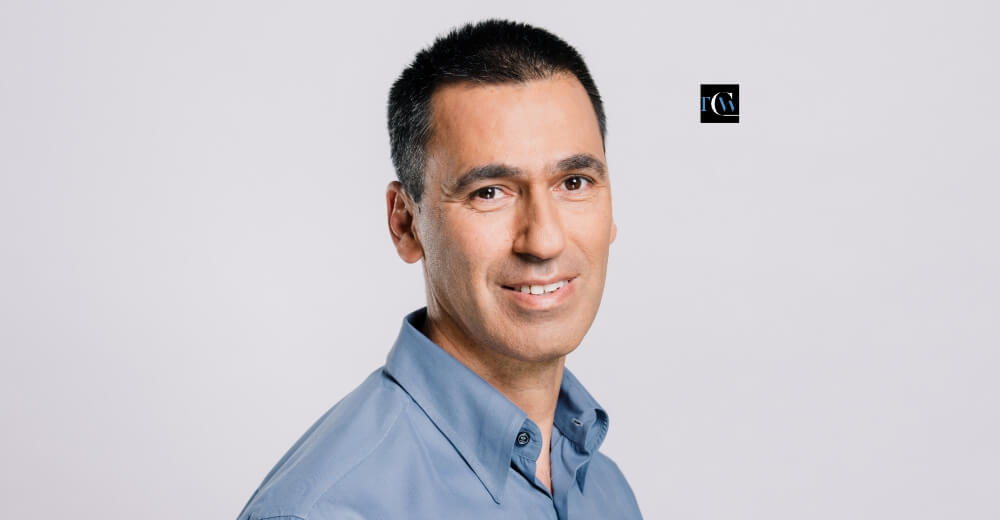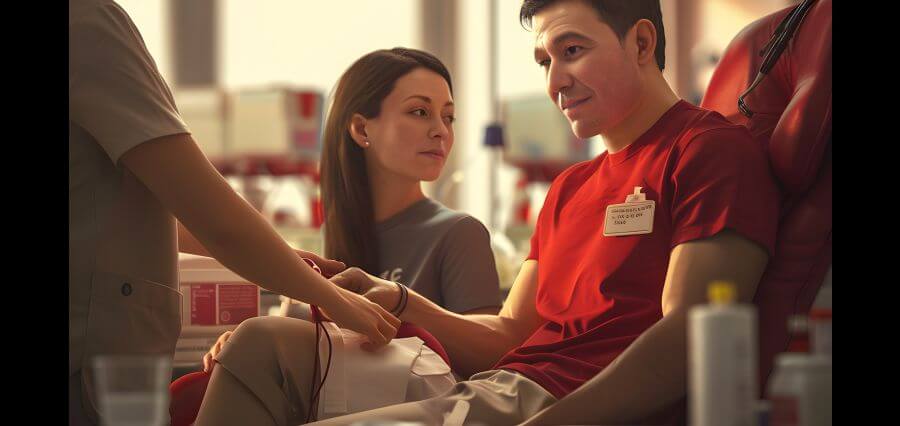Corneal blindness affects millions globally, presenting a significant challenge amplified by issues such as a shortage of donor tissue and logistical hurdles. Innovation plays a vital role in the healthcare sector by offering solutions to complex challenges, and corneal blindness is no exception. Addressing the urgent requirement for effective treatments is essential in tackling this issue head-on.
At the forefront of this innovative endeavor stands Almog Aley-Raz, CEO and VP R&D of CorNeat Vision, an Israeli MedTech startup. With a laser focus on combating corneal blindness, Almog leads CorNeat Vision in pioneering advancements in vision restoration. The company’s mission is to redefine corneal transplantation, making it more accessible and efficient.
Central to CorNeat Vision’s groundbreaking approach is its flagship product, the CorNeat KPro, which represents a paradigm shift in vision restoration. Unlike traditional methods reliant on donor tissue, the CorNeat KPro offers an artificial cornea, simplifying the surgical process and eliminating the need for donors. Through innovative solutions and steadfast leadership, CorNeat Vision aims to transform healthcare, offering hope to those affected by corneal blindness.
Let’s delve deeper into how Almog Aley-Raz and CorNeat Vision are making significant strides in vision restoration and reshaping the future of healthcare!
Can you please briefly introduce yourself and your organization? What is your role and how does your company contribute to the medical device industry in the Middle East?
My name is Almog Aley-Raz and I’m the CEO and VP R&D of CorNeat Vision, an Israeli MedTech startup which was established 7 years ago with the aim to address and revert the growing tide of global corneal blindness. Our flagship product, the CorNeat KPro is an artificial cornea (Keratoprosthesis/KPro) that enables corneally blind patients to fully rehabilitate and enjoy their vision potential without the need for donor tissue. The surgical procedure is straightforward, easy to teach and takes less than an hour.
Based on a global survey, it is clear that the Middle East lags behind in terms of availability of donor tissue. This may be a result of cultural and religious reasons, or simply a challenge related to the high costs of running cornea banks and training corneal experts. We expect our device to significantly impact the industry in our region, demonstrating an unparalleled social impact that is expected to reach the general media. We hope it will also demonstrate that the medical device industry can serve as a bridge between the countries, leading to cooperation that can extend to joined research and other projects, which are key for building trust between people.
What are the key trends and innovations shaping the medical device industry in the Middle East region?
The Abraham Accords enabled a direct relationship between Israel and the UAE and the potential strategic alignment with Saudi Arabia. These ties can significantly influence the rate of medical innovation in the Middle East, creating fruitful cooperations between clinical centers, investors and innovators.
What are the main regulatory and policy considerations that medical device companies need to navigate in the Middle East markets?
While most Middle East countries rely on EU or FDA regulation for medical devices, each has an independent regulatory system for approving and monitoring clinical trials and locally registering them. Medical device companies should consider the relevant market size and the state of the local practice in the target country prior to commercializing their products in the relevant country.
How are leading medical device companies in the region adapting their business models and strategies to stay competitive?
The pace of change and the advancement of technology, along with constant market consolidation, will force medical devices companies in the region to change their strategy and think more global in order to stay competitive. Operational efficiency, and supply chain challenges must not be overlooked as customers in this space are becoming more and more demanding and price sensitive.
What are the biggest challenges and opportunities for attracting and retaining top talent in the Middle East medical device industry?
The two main challenges for retaining talent in the region are compensation and access to research. These can be addressed by creating a Middle East medical device ecosystem, increasing access to investors and funding on one side, and initiating joint research projects on the other.
In what ways are sustainability and environmental considerations becoming more important in the medical device sector in the Middle East?
The Middle East in general, including the medical device sector, lags behind Europe in terms of the centricity of environmental and sustainability considerations. In order to stay competitive in the global market, the industry must seriously take into consideration the UN Sustainability Development Goals in their strategy.
How are advancements in digital health and medical technologies transforming the delivery of healthcare in the region?
Recent advancement in digital health can address many of the current challenges related to healthcare delivery in the region. Remote/self-monitoring and AI makes these services more accessible and affordable while reducing the number of staff needed to treat the target population.
What advice would you give to aspiring entrepreneurs looking to launch a successful medical device startup in the Middle East?
Managing a Medical Device startup to success is like running a marathon. It requires dedication and careful planning. Given the multidisciplinary nature of the work, the most important thing is humility – understanding your limits and finding the right people with the relevant experience that will help guide you through the complexities of commercializing your product. Given the Middle East lacks access to funding, try as best as you can to involve experienced investors that believe in you and are able to add value.





